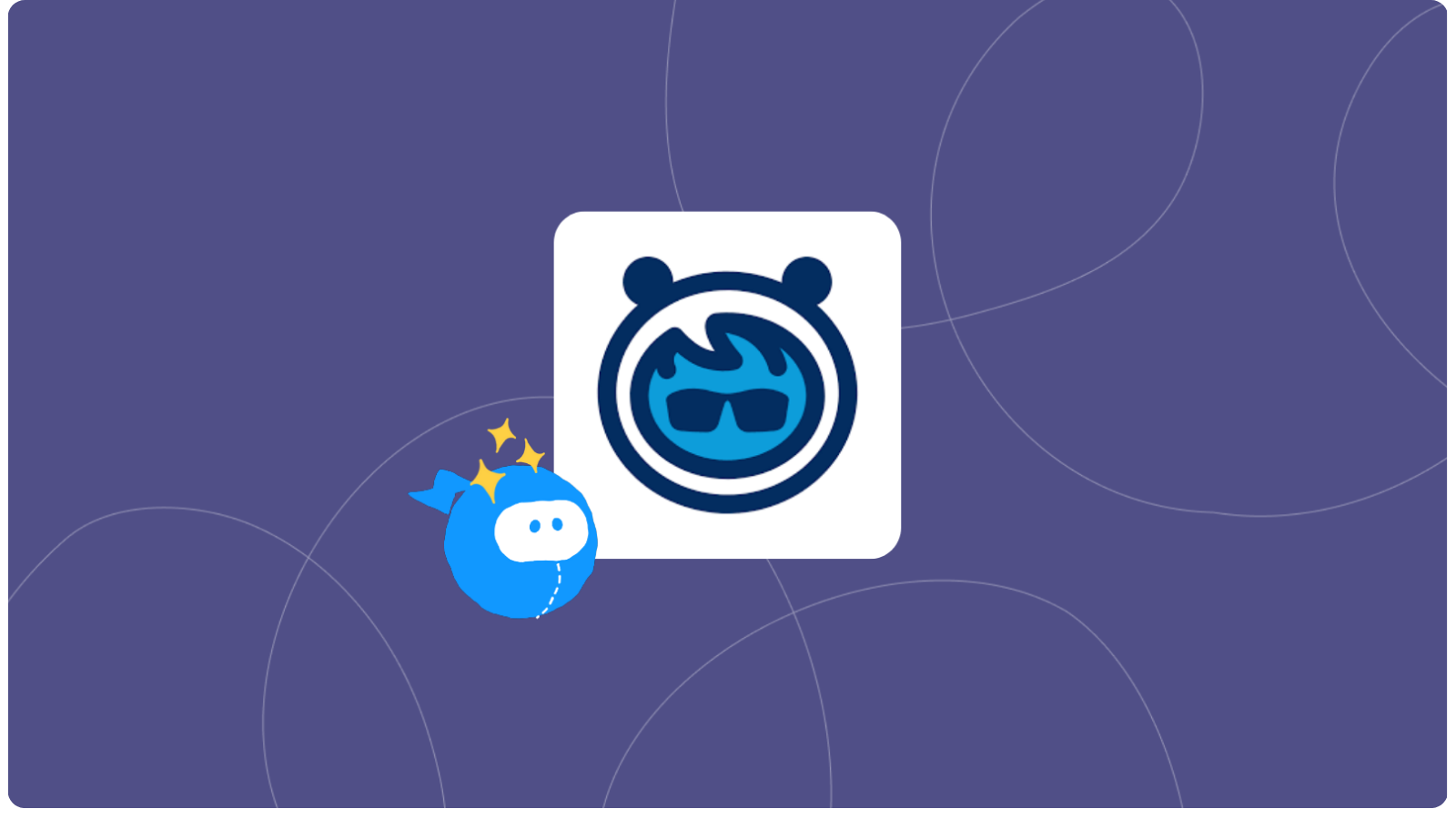Enterprise AI is finally moving from “demo day” to “deployment day,” and nowhere is the gap between hype and reality wider than inside Salesforce.
Agentforce promises a new era of autonomous workflows, conversational interfaces, and AI-augmented processes… but if you’ve ever tried to actually implement agents in a real Salesforce org, you already know the truth:
AI will not save you from your metadata.
To get Agentforce working — safely, reliably, and at scale — you need supporting tools that make your org understandable, governable, and buildable in the first place. Below are the top five tools that matter most when you move from “cool demo” to “production reality,” ranked by the impact they have on speeding up implementation and reducing failure risk.
And yes, Sweep is #1 — because it sits directly in the part of the stack that determines whether Agentforce succeeds or burns money.
1. Sweep — The Metadata Agentic Layer for Salesforce
If Agentforce is the future, Sweep is the substrate that future runs on.
Salesforce’s own agentic promise relies on one thing teams routinely underestimate: metadata context. Your flows, validation rules, fields, relationships, automations, triggers, permission sets — all of it must be clean, connected, and comprehensible before any AI can safely act on it.
Sweep gives you exactly that.
With metadata agents that:
- Research any question about your environment in seconds;
- Validate changes even before they ship;
- Monitor your org continuously for risk, breakage, and compounding technical debt;
- Provide impact analysis that normally takes days in under a minute.
The result is stupid-simple: Agentforce becomes actually deployable.
Instead of hoping your CRM magically behaves, Sweep turns Salesforce into a system that understands itself — which is the only condition under which AI can safely execute work.
Most teams using Sweep report drastically faster implementation cycles, fewer rollback events, and dramatically lower TCO because they aren’t building agents on top of mystery data.
Agentforce will ultimately be judged by outcomes. Sweep is what keeps those outcomes in the “success stories” column.
2. MuleSoft — The Integration Backbone
Even the smartest agent can only do so much if it's blind to the rest of your ecosystem.
Agentforce thrives when it has access to unified, high-quality data — which means clean integration paths, real-time syncs, and stable connections across systems. MuleSoft remains the enterprise-grade way to ensure every relevant system (ERP, billing, support, warehouses, data lakes) is actually talking to Salesforce in a structured, governable way.
Without strong integration tissue, agents become expensive toys. With it, they become operators.
3. Salesforce Data Cloud — The Customer Graph That Agents Need
If MuleSoft pipes the water, you could say that Data Cloud is the reservoir.
Agentforce depends on consolidated customer data, harmonized across sources and mapped into a usable, queryable model. Data Cloud brings identity resolution, segmentation, and unification together in a way that gives agents a stable “source of truth” about every customer interaction.
You can still build useful Agentforce components without Data Cloud, but anything predictive, personalized, or journey-aware becomes significantly more brittle without it.
This is the part of the stack that shifts AI from “helpful assistant” to “contextual operator.”
4. Copado — DevOps Safety for AI-Driven Change
The old DevOps processes were built for human deployments.
Agentforce introduces something different: continuous, autonomous, AI-generated change.
Copado is one of the few DevOps platforms equipped to handle that emerging reality. It provides structured pipelines, testing, governance, and compliant release orchestration — which becomes non-negotiable once AI is writing flows, adjusting logic, or generating configuration at speed.
5. Odaseva — Enterprise-Grade Data Protection Built for AI-Driven Salesforce
If Agentforce accelerates how fast your org can change, Odaseva ensures those changes never outpace your guardrails.
Odaseva has quietly become the “grown-up” choice for large Salesforce environments that need real data resiliency: high-volume backups, granular restores, automated compliance workflows, and zero-downtime recovery options that actually hold up under enterprise load.
That matters even more once agents enter the picture.
Agentforce introduces a new class of risk: continuous, automated, AI-initiated modifications to data and metadata. In other words, mistakes can happen faster than humans can detect them.
Odaseva gives you the confidence that:
- If an agent-generated flow behaves unexpectedly, you can unwind it cleanly
- If data is mutated in bulk, you can restore precisely what changed
- If governance rules are violated, you can prove it and fix it
- If AI breaks something at 3 a.m., you’re not waking up to a disaster
It’s not the flashiest part of an Agentforce implementation, but it’s one of the most essential.
You need a parachute when you’re flying faster — and AI makes everything fly faster.
Agentforce Will Fail Without a Metadata-First Foundation
Most of the implementation war stories coming out of early Agentforce pilots follow the same pattern:
- The team tried to deploy AI into a system they didn’t fully understand
- The metadata layer was far messier than they realized
- Effort ballooned, timelines slipped, agent behavior became unpredictable
- Leadership lost confidence, budgets shrank, the project cooled
No amount of Data Cloud, MuleSoft, or DevOps polish can fix the foundational issue:
AI can’t reason about an org that doesn’t understand itself.
That’s why Sweep is the #1 tool on this list.
It’s not because Sweep “helps with AI.”
It’s because Sweep fixes the thing AI depends on.
Agentforce is the future of Salesforce. Sweep is what makes that future real.
If you're planning your 2026 roadmap, the smartest path forward is simple:
Fix the metadata layer first. Build the agents second. If you're curious how that all works, just book a demo. We'll show you. You'll be wildly impressed. We promise. :)

